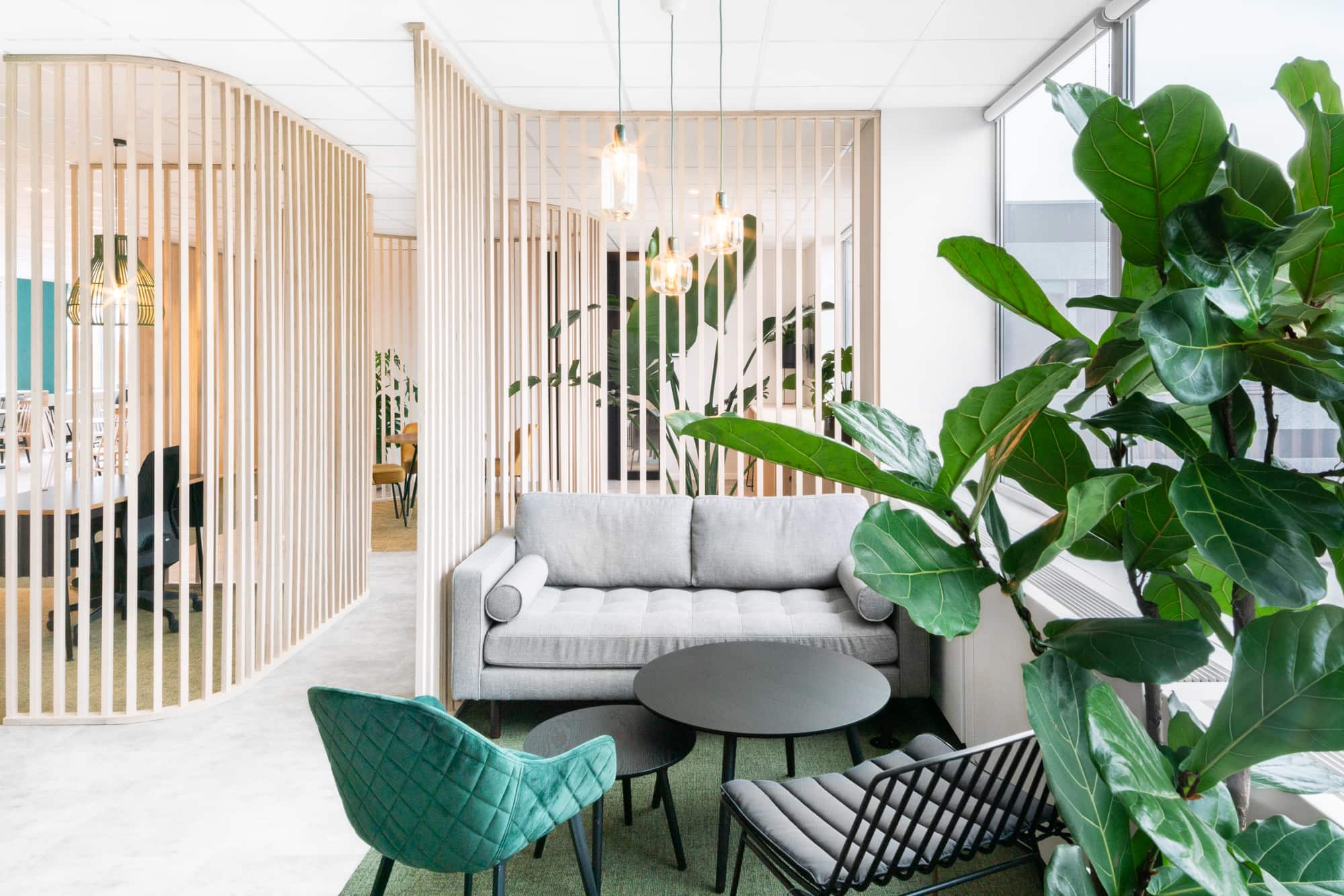The Role of Biophilic Design in Custom Home Interiors
In the realm of modern interior design, a concept has emerged that not only enhances the aesthetic appeal of living spaces but also fosters a profound connection with nature – Biophilic Design. This innovative approach goes beyond mere decoration; it seeks to integrate elements of nature into the built environment, offering a multitude of benefits for inhabitants. In this article, we delve into the essence of biophilic design, exploring its psychological impacts, key elements, successful applications, implementation strategies, future prospects, and its vital role in sustainable architecture.
Introduction to Biophilic Design
Biophilic design is a design philosophy that incorporates natural elements and processes into the built environment to create spaces that support and enhance human health, well-being, and performance. Stemming from the biophilia hypothesis proposed by Edward O. Wilson, this approach acknowledges the innate human tendency to seek connections with nature.
The Psychological Impact of Biophilic Design
Studies have shown that exposure to nature or natural elements within built environments can have a profound impact on psychological well-being. Incorporating biophilic elements such as natural light, views of nature, and greenery can reduce stress, anxiety, and improve cognitive function.
Elements of Biophilic Design
Key elements of biophilic design include maximizing natural light and ventilation, integrating plants and greenery, and utilizing natural materials such as wood and stone. These elements mimic the patterns, forms, and processes prevalent in nature, thereby creating spaces that evoke a sense of tranquility and harmony.
Biophilic Design in Interior Spaces
Biophilic design principles can be applied to various interior spaces, including residential homes, commercial offices, and healthcare facilities. In residential interiors, features like indoor gardens, living walls, and natural materials can create a sanctuary-like environment. Similarly, in commercial settings, biophilic elements can enhance productivity, creativity, and overall well-being among occupants.
Case Studies: Successful Biophilic Designs
Numerous examples illustrate the effectiveness of biophilic design in enhancing the quality of interior spaces. Projects such as the Amazon Spheres in Seattle and the Bosco Verticale in Milan showcase innovative approaches to integrating nature into urban environments, offering valuable insights into the design principles and their impact on occupants.
Implementing Biophilic Design Principles
Incorporating biophilic design principles into interior spaces requires careful planning and consideration. Designers must strike a balance between aesthetics and functionality while ensuring that biophilic elements contribute to the overall well-being of occupants. Strategies such as maximizing natural daylight, incorporating water features, and creating multi-sensory experiences can enrich the spatial experience.
The Future of Biophilic Design
As awareness of the importance of sustainability and human-centric design continues to grow, biophilic design is poised to play a significant role in shaping the future of architecture and interior design. Emerging trends such as biomimicry and biophilic urbanism hold promise for creating more resilient, environmentally conscious built environments.
Challenges and Considerations
While biophilic design offers numerous benefits, it also presents challenges such as cost implications, maintenance requirements, and adaptation to different climatic conditions. Addressing these challenges requires interdisciplinary collaboration, innovative solutions, and a commitment to sustainable practices.
Biophilic Design and Sustainability
Biophilic design aligns closely with principles of sustainability, as it encourages the use of natural resources, promotes environmental stewardship, and enhances the resilience of built environments. By integrating biophilic elements into architectural and interior design practices, we can create spaces that not only benefit human well-being but also contribute to the health of the planet.
Conclusion
In conclusion, biophilic design represents a holistic approach to creating interior spaces that prioritize human well-being, environmental sustainability, and aesthetic beauty. By harnessing the restorative power of nature, designers can transform built environments into nurturing habitats that foster health, happiness, and connection with the natural world.
view our projects
What is biophilic design?
Biophilic design is an innovative approach to architecture and interior design that incorporates elements of nature to enhance human well-being and connection with the environment.
What are some examples of biophilic design elements?
Examples of biophilic design elements include natural light, views of nature, indoor plants, natural materials such as wood and stone, and water features.
Is biophilic design compatible with sustainable architecture?
Yes, biophilic design aligns closely with principles of sustainability by promoting the use of natural resources, reducing energy consumption, and enhancing the resilience of built environments.







